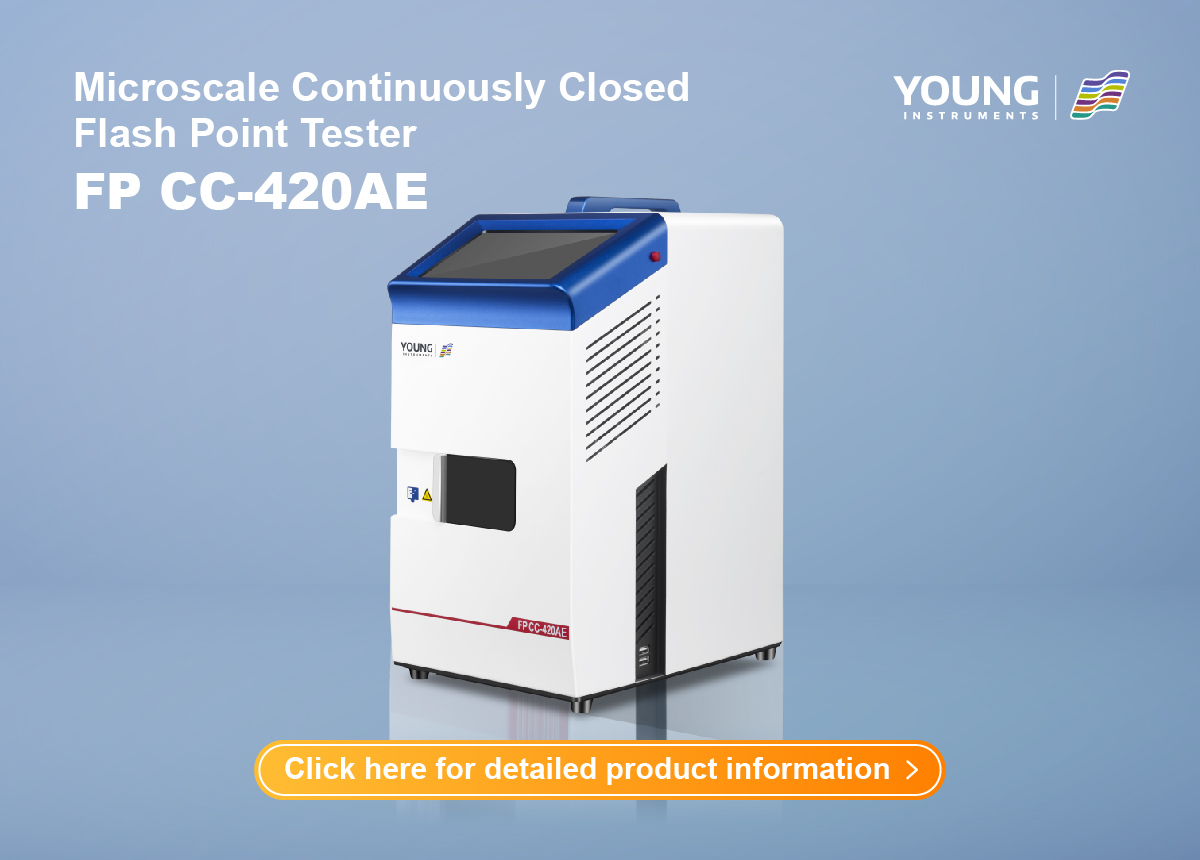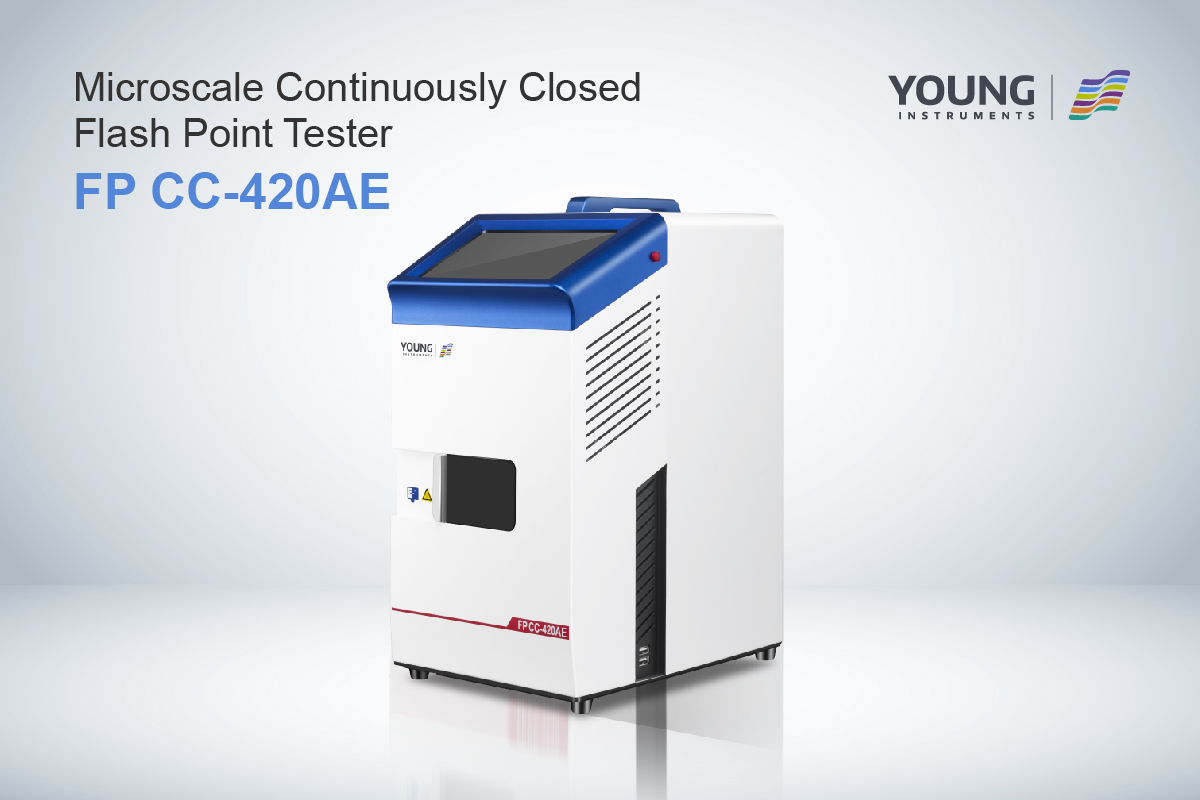Closed Cup Flash Point Test Method: An Overview
The Closed Cup Flash Point Test Method is a standardized test used to determine the flash point of flammable liquids. The flash point is the lowest temperature at which a liquid can produce enough vapor to ignite in the presence of an ignition source. This test method is crucial in ensuring safe handling and transportation of flammable liquids and their products.
The Closed Cup Flash Point Test Method is standardized by several organizations, including the American Society for Testing and Materials (ASTM) and the International Organization for Standardization (ISO). The test method involves heating a sample of the liquid in a closed cup until a spark is produced, and the temperature at which the spark ignites the vapor above the liquid is recorded as the flash point. The test can be performed manually or with automated equipment, and the results are reported in degrees Celsius or Fahrenheit.
Key Takeaways
- The Closed Cup Flash Point Test Method is used to determine the flash point of flammable liquids.
- The test method is standardized by several organizations, including ASTM and ISO.
- The test involves heating a sample of the liquid in a closed cup until a spark is produced, and the temperature at which the spark ignites the vapor above the liquid is recorded as the flash point.
Overview of Closed Cup Flash Point Test
The Closed Cup Flash Point Test is a method used to determine the flash point of flammable liquids. The flash point is defined as the lowest temperature at which a liquid gives off enough vapor to form an ignitable mixture in air near the surface of the liquid. The test is conducted in a closed cup apparatus, which simulates a liquid spill in a closed environment.
Purpose of Test
The purpose of the Closed Cup Flash Point Test is to determine the lowest temperature at which a liquid produces enough vapor to ignite in air. This information is important for the safe handling and transportation of flammable liquids. It is also useful for quality control purposes, as it can indicate changes in the composition of a liquid that may affect its flammability.
Test Significance
The Closed Cup Flash Point Test is a widely used method for determining the flash point of flammable liquids. It is standardized by organizations such as ASTM and EN ISO, and is recognized by regulatory agencies such as the United States Environmental Protection Agency (EPA). The test is applicable to a wide range of liquids, including petroleum products, chemicals, and solvents.
The Closed Cup Flash Point Test is an important tool for ensuring the safe handling and transportation of flammable liquids. It provides valuable information on the flammability of a liquid, which can help prevent accidents and injuries.
Equipment and Materials
To perform the Closed Cup Flash Point Test Method, you will need specific equipment and materials. The following list summarizes the necessary items:
-
Pensky-Martens closed-cup apparatus: This is the primary equipment required for the test. It is a piece of laboratory equipment used to measure the flash point of petroleum products. The apparatus consists of a cup, lid, heating device, and a thermometer.
-
Heat source: You need a heat source to heat the sample in the Pensky-Martens closed-cup apparatus. You can use a Bunsen burner, electric heater, or a hot plate to heat the sample.
-
Thermometer: A thermometer is used to measure the temperature of the sample. You will need a thermometer with a range of -6°C to 400°C.
-
Sample container: You will need a sample container to hold the sample during the test. The container should be made of a non-reactive material such as glass or stainless steel.
-
Sample: You will need a sample of the petroleum product you want to test. The sample should be representative of the product you want to test and should be collected according to ASTM standards.
-
Stopwatch: You will need a stopwatch or a timer to measure the time it takes for the flash to occur.
-
Safety equipment: You will need safety equipment such as gloves, goggles, and a lab coat to protect yourself from any potential hazards during the test.
It is important to ensure that all equipment is clean and free of any contaminants before conducting the test. Additionally, you should follow all safety procedures and guidelines when handling the equipment and materials.
Procedure
Performing a closed cup flash point test is a straightforward process that involves three main steps: sample preparation, testing procedure, and safety considerations.
Sample Preparation
To prepare the sample for testing, it is important to ensure that it is clean and free of any impurities that could affect the results. The sample should be poured into the test cup up to the fill line, as specified by the ASTM standard method D 93. The test cup should be made of brass and have specified dimensions.
Testing Procedure
The testing procedure involves heating the sample at a controlled rate and observing it for the first sign of ignition. The Pensky-Martens closed-cup test apparatus, either manual or automated, can be used to determine the flash point of petroleum products in the 40°C to 370°C range. The test can also be used to determine the flash point of biodiesel in the temperature range of 60°C to 190°C.
The general procedure for the measurement of a flash point with the Pensky-Martens Flash Point Tester is described in the ASTM standard method D 93. The test method can be summarized as follows:
- Heat the sample at a controlled rate.
- Observe the sample for the first sign of ignition.
- Record the temperature at which the flash occurs.
Safety Considerations
Safety considerations are of utmost importance when performing a closed cup flash point test. The test should be conducted in a well-ventilated area, away from any sources of ignition. Protective equipment, such as gloves and goggles, should be worn at all times during the testing process. It is also important to follow the manufacturer’s instructions for the operation of the test apparatus.
In addition, it is important to handle the sample with care, as it may be flammable or hazardous. The sample should be stored in a safe and secure location, away from any sources of heat or flame. Proper disposal procedures should also be followed to ensure that the sample is not released into the environment.
Data Interpretation and Reporting
Once you have completed the Closed Cup Flash Point Test, you will need to interpret and report the data. The results of the test will provide you with the flash point of the sample tested, which is the lowest temperature at which the sample will ignite and produce a flame.
To report the results, you will need to record the temperature at which the sample ignited and the method you used to perform the test. You may also want to include the type of sample tested, any relevant standards or regulations, and any other pertinent information.
It is important to note that the results of the Closed Cup Flash Point Test should not be used as the sole indicator of the flammability or safety of a substance. Other factors, such as the concentration of the substance, the presence of other chemicals, and the conditions under which the substance will be used, should also be taken into consideration.
In addition to reporting the flash point, you may also want to include any observations or notes about the test. For example, you may want to note any unusual behavior of the sample during the test or any other factors that may have affected the results.
Overall, the Closed Cup Flash Point Test is a valuable tool for determining the flammability of a substance. By following the proper testing procedures and accurately interpreting and reporting the results, you can ensure that you have the information you need to safely handle and use the substance.








































